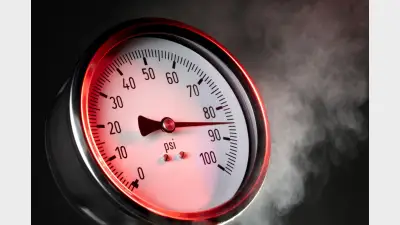RBA expectations: Nothing to see here



Recent wage developments and the uncertainties of the Russia/ Ukraine conflict is reinforcing the view that the Reserve Bank of Australia (RBA) will take a ‘patient’ disposition with interest rates at today’s meeting.
GSFM investment strategist, Stephen Miller, said part of the reason why there might be a tactical delay in the withdrawal of policy stimulus was because Australia, in some cases, was better equipped than other developed countries to withstand the potential fallout from the conflict.
“Higher commodity prices are probably a net benefit for the Australian economy. Further, being a middle-ranked power some distance from the conflict reduces negative economic ripples. A relatively benign starting point for inflation is also helpful,” Miller said.
He said it was difficult to argue that wage growth was sufficient to warrant the RBA changing course despite the fact that the unemployment rate was at levels not seen since the mid-1970s.
“On the surface, wage growth, as measured by the Wage Price Index (WPI), remains largely contained. However, there are some indications that suggest labour market pressures were intensifying as 2021 came to an end,” he said.
Therefore, the peak policy rate in 2022 may fall short of market pricing.
“Currently markets are anticipating an increase in the policy rate to around 1.20% in 2022 from its current level around 0.10%. That might be a challenge.”
Miller said the RBA would admit in public commentary the ‘plausibility’ of a policy rate increase in 2022, but only if its current inflation/wage forecasts were exceeded.
“My view is that the RBA forecasts are located on the downside end of the inflation risk continuum and, as such, a policy rate rise around mid-year is still tenable,” Miller said.
“A clear acceleration in the March quarter WPI released on 18 May would further enhance that prospect, particularly if it follows another upward surprise in the CPI to be released on 27 April.
“Both of those outcomes are within the realm of the probable, and an increase in the policy rate in June is therefore in the realm of the possible.”
Recommended for you
Natixis Investment Managers has hired a distribution director to specifically focus on the firm’s work with research firms and consultants.
The use of total portfolio approaches by asset allocators is putting pressure on fund managers with outperformance being “no longer sufficient” when it comes to fund development.
With evergreen funds being used by financial advisers for their liquidity benefits, Harbourvest is forecasting they are set to grow by around 20 per cent a year to surpass US$1 trillion by 2029.
Total monthly ETF inflows declined by 28 per cent from highs in November with Vanguard’s $21bn Australian Shares ETF faring worst in outflows.










